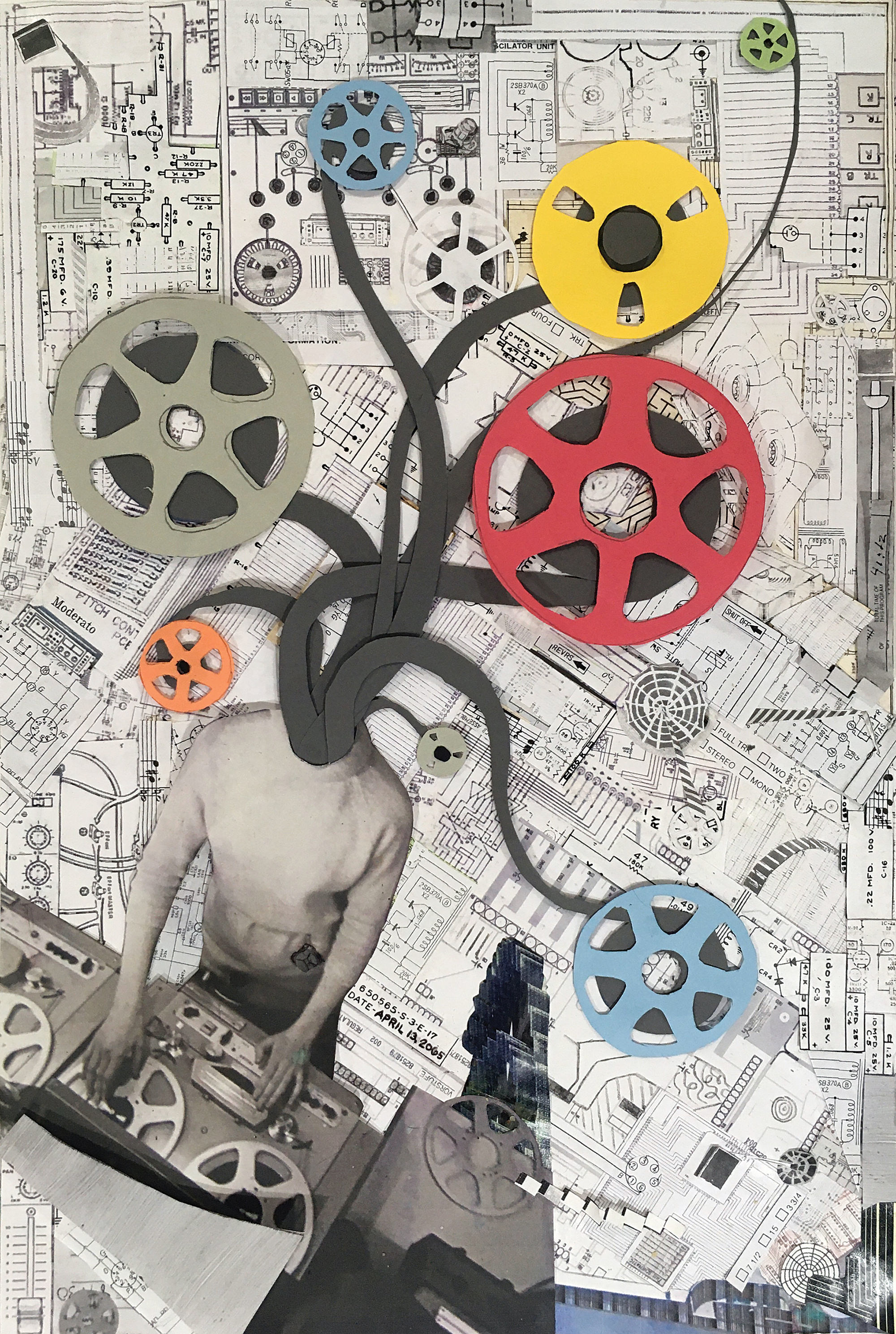Recently, I reviewed Earthworks Audio's USB broadcast mic ICON [Tape Op #142] and stated in so many words that it looked and sounded incredible while being easy to use. Since my initial review, I've used it almost exclusively for interviews and voice-overs. Not long ago, Brendan Connors reviewed the high-end $2400 Earthworks SV33 studio mic [#139]. Skirting the supply chain problems that many manufactures are facing right now, Earthworks has designed and manufactured another broadcast mic that splits the difference between these two stunning mics: the ETHOS. You'll likely be seeing the ETHOS on music store shelves (wait, are there still music stores?) next to the industry standards Shure SM7 [Tape Op #36] and Electro-Voice RE20 broadcast go-tos. I have both the SM7 and the RE20, and use them all the time in many recording applications such as voiceover, vocals, guitars, etc. These always sound excellent, and in the right situations (screaming singer) they can be lifesavers!
Everything that Earthworks makes is top quality and manufactured in-house at their New England facilities. The ETHOS is no exception. It's shipped in a cardboard box (a nice one, I’ll add) instead of a crafted wood box or pelican style case and is everything you’d expect from an Earthworks microphone: Beautifully machined metal, solid connectors, and when you unscrew the windscreen, you'll spot a familiar tapered capsule design at the end of the mic. The ETHOS is fitted with a fixed Triad-Orbit ball joint mic stand attachment that makes positioning the mic in just about any orientation a snap.
The ETHOS's supercardioid small-diaphragm capsule offers a flat frequency response between 20 Hz to 30 kHz with a 145 dB SPL rating, according to manufacturer specs. When comparing these stats to those of the SM7 and RE20, one would assume that it has uses beyond broadcast applications – I was certainly intrigued. To be fair, the ETHOS employs a condenser capsule while my compared models are dynamic microphones and do see use beyond broadcast. The ETHOS' capsule was specifically designed to capture the first transient clearly with a high-speed rise time of 11.6 microseconds – accommodated by the capsule's low mass and a highly charged built-in preamp.
For voice, I loved how clear, present and fast this mic sounded. It's very articulate with a super pleasing high frequency response, and it surprisingly handled plosives extremely well. Thanks to the integrated (but removable for cleaning or replacement) windscreen, I required no additional pop filter. The lows are rich and full-bodied, even when the vocals are backed off the mic a bit – I liked the ETHOS's overall sound with most sources at a distance of four to six inches off the front of the mic. On playback, my voice sounded very natural and lifelike, with an “in the room" feel. Even recording vocals while holding the mic produced very little, if any handling noise – likely due to its heavy steel body. I used ETHOS for a few Tape Op podcast interviews, and it was, in a word, perfect! If broadcast and voice work were the sole use for this mic, it would be worth the purchase price alone – you wouldn't need any other mic in your studio locker for these purposes.
Lately, I've been ruminating about some of my favorite recordings and why they sound the way they do. In many cases these records were made with limited gear options, on 4- or 8-track machines using simple dynamic mics such as a Shure SM57 or SM58, and in some instances even less attractive options. For many of these recordings only one or two mics were used for everything – drums, acoustics, vocals, etc. It made me consider getting back to a scenario where I would record a whole song, or most of one anyway, using just one mic for every track or sound source.
So, that’s what I did. Acoustic guitars, electric guitars, vocals, and percussion. All with the ETHOS using a single mic pre to record an entire song. How did it perform? The ETHOS sounds right on many different sources, making it ideal for me to have at the ready for making quick demos and getting ideas down, then using portions later as the song is fleshed out. For acoustic guitar, I recorded with a high-pass filter and applied EQ to reduce some of the warmth range around 500 Hz while boosting a touch of highs, but it sat right in the mix and was sounding very nice. If you have a studio full of mics at your disposal there may be better choices for recording acoustic guitar or drum overheads, but for a mic that's priced and marketed for broadcast and streaming, the ETHOS is a steal considering its potential uses, build quality, and natural sound.
I am also excited to try this mic on kick drum – I've used a variety of condenser mics on kick drum in the past, with excellent results. Considering its high SPL handling capabilities and full range tone, the ETHOS might also be a good candidate for snare or toms. In the meantime, I plan to use the ETHOS on all my voiceovers and interviews, and I’m thrilled to have it at my disposal for a variety of recording needs.




_disp_horizontal_bw.jpg)